Toni Servillo in “Una vita tranquilla”: A Masterclass in Subtle Power
Toni Servillo is an actor who has carved a niche for himself with his profound ability to inhabit complex, often tormented characters. His performance in Una vita tranquilla (2010), directed by Claudio Cupellini, is a sterling example of his talent. In this film, Servillo embodies Rosario Russo, a man whose past is as shadowy as the underworld he once belonged to, and whose present is a fragile construction of lies that could collapse at any moment.
The Man Behind the Façade
Rosario Russo is a character caught between two worlds. On the surface, he is a successful hotel and restaurant owner in a small German town, enjoying what seems like a peaceful, anonymous existence with his wife and young son. However, this life is built on the ashes of a former one—Rosario was once a Neapolitan mobster who faked his own death to escape his criminal past. Servillo portrays this dichotomy with a restrained intensity, a hallmark of his acting style.
From the film’s opening scenes, Servillo’s Rosario is a man of few words but profound expression. His eyes reveal the burden of a man constantly looking over his shoulder, haunted by a past he cannot fully escape. Servillo uses minimal gestures and a subdued tone, creating an air of tension that underpins Rosario’s every move. This is a man who has wrapped himself in a shroud of normalcy, yet the very act of maintaining this façade is a source of palpable anxiety.
The Inescapable Past
The central conflict of Una vita tranquilla emerges when Rosario’s son, Diego (Marco D’Amore), whom he abandoned years ago, tracks him down, bringing the past crashing into the present. Servillo’s interaction with D’Amore is a study in controlled emotion. As Rosario, Servillo conveys a mixture of paternal guilt, fear, and a desperate desire to maintain the life he has built. The tension in their scenes together is electric, with Rosario’s stoicism slowly giving way to the explosive emotions he has kept in check for years.
One of the most compelling aspects of Servillo’s performance is how he allows Rosario’s vulnerability to seep through his tough exterior. As the narrative unfolds, the audience sees cracks in Rosario’s armor. Servillo’s portrayal of a man trapped by his own decisions—desperately clinging to a life that is slipping away—is both tragic and profoundly human.
A Symphony of Silence
What makes Servillo’s performance in Una vita tranquilla so remarkable is his ability to convey deep internal conflict without grandiose displays of emotion. His mastery lies in his silences, the weight of his pauses, and the way he inhabits the quiet moments between words. In many ways, Servillo’s Rosario is a man who has said too much in his past life and now seeks refuge in silence.
There’s a particular scene that epitomizes Servillo’s approach. Rosario sits alone in his office, the weight of his decisions bearing down on him. The camera lingers on his face as he contemplates the impending storm. Without uttering a word, Servillo conveys a lifetime of regret and fear, his eyes flickering with the knowledge that his carefully constructed life is unraveling. This is acting at its most refined, where the unsaid carries more weight than dialogue ever could.
The Broader Canvas
Toni Servillo’s performance in Una vita tranquilla is a vital thread in the film’s broader tapestry. Claudio Cupellini’s direction creates a tense atmosphere, but it is Servillo’s nuanced portrayal that elevates the film from a simple crime drama to a meditation on identity, redemption, and the inescapability of the past. Servillo doesn’t just play a character; he brings to life the existential crisis of a man at war with himself.
In Una vita tranquilla, Toni Servillo delivers a masterclass in subtle power. His performance is a quiet storm, building tension with each scene, drawing the audience into the complex psyche of a man trying to live a peaceful life amidst the ruins of his former self. It is a performance that lingers long after the credits roll, a testament to Servillo’s skill as one of the most accomplished actors of his generation.
Watch the movie on Movieitaly+
Read more articles over here!




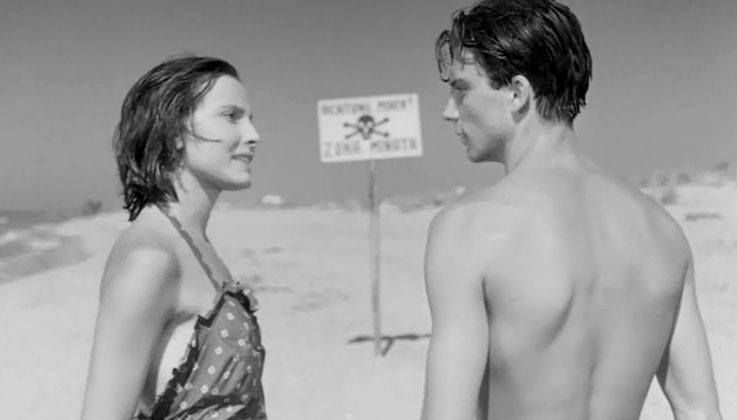
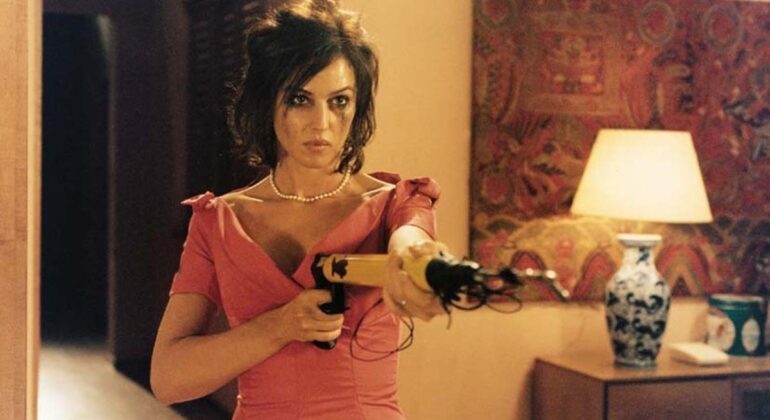
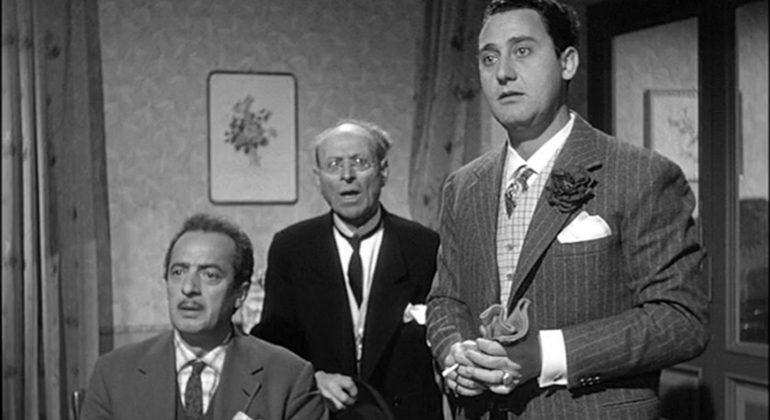
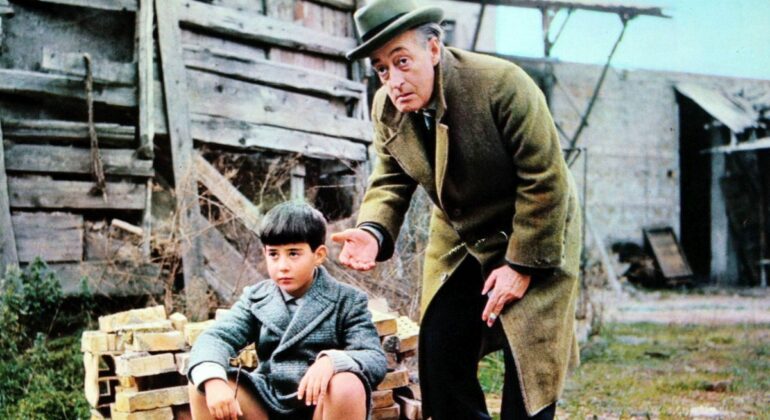
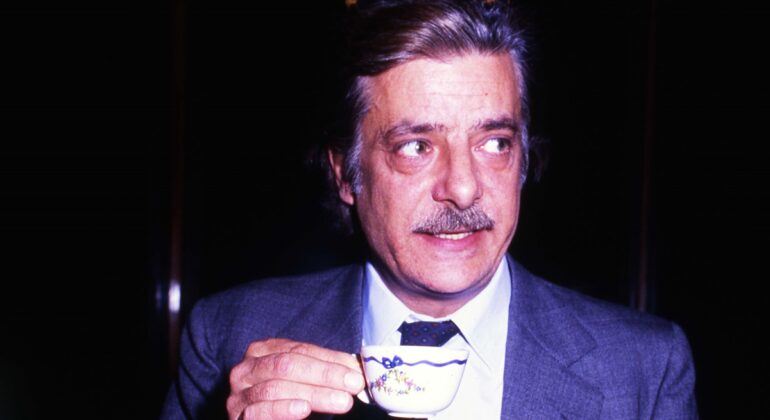
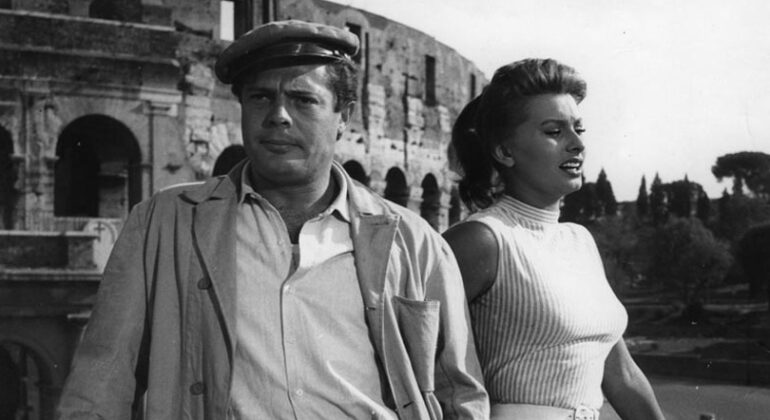

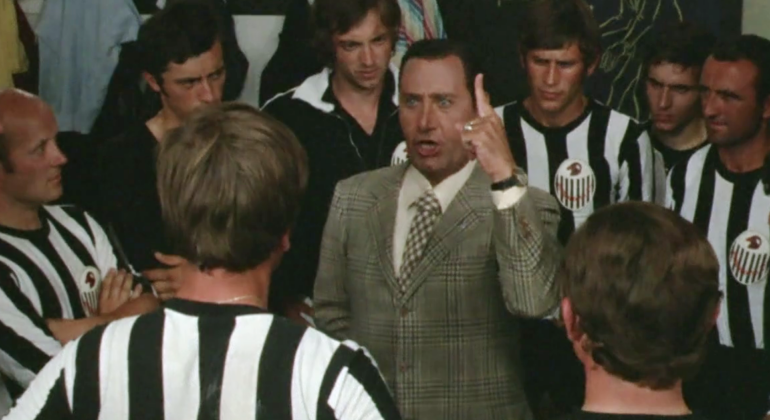




Recent Comments